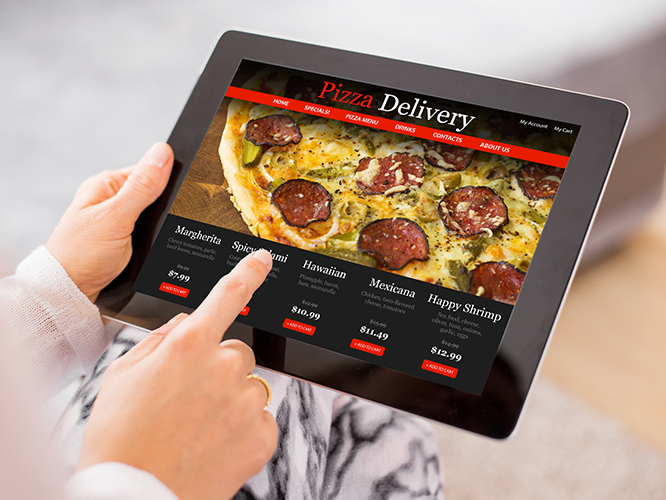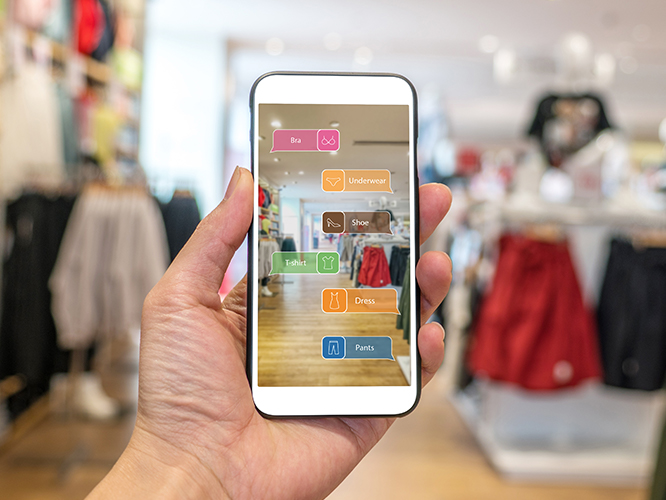BLOG ARTICLE
Part 2 of 2:
Managing Brand Consistency
Helping Retailers — From Warehouse to Window Display
Peter Eberly, Director — Product and Vertical Marketing
In part one of this two-part blog series, we focused on two best practices for managing brand consistency in the retail setting: (1) consolidating suppliers to minimize disruption in the supply chain and (2) leveraging store profiling and analytics to better understand customers’ needs. The ultimate goal is to deliver the most relevant brand experience at each store location for customers.
Let’s cover two more best practices that can help retailers achieve a more seamless brand experience. The potential benefits include leaner inventory management, greater efficiency, increased sales, improved brand message consistency, engaged consumers and reduced costs.
3: Understand the omnichannel experience and shopper mindset.
Shoppers today want experiences, whether that’s ordering fast food from a touchscreen or trying on clothing at a brick-and-mortar store. Retailers must fully understand how their various shopping channels complement each other and create the most positive customer experience. A satisfied customer will be a loyal one, whereas a negative experience might result in lower sales. In fact, one survey found that nine out of 10 U.S. adults “will likely switch brands after a bad customer service experience.”
Creating a true omnichannel experience (i.e., a holistic shopping experience across multiple channels) means that retailers must be consistent in their branding. That entails having minimal or no variation in promotional imagery, offers and customer support practices, regardless of whether a shopper encounters it at a physical store, online or on a mobile app. A retail and graphics partner should offer data solutions that manage and aggregate customer data to provide centralized and pertinent customer insights that can be used across a retailer’s many departments.
Retailers need to implement both online and in-store experiences. Leveraging shopper data and technology is critical for creating vibrant store spaces. Compelling visuals at a store will draw shoppers in. Once a shopper enters, in-store visuals and fixtures contribute to the overall atmosphere and can influence the shopper’s decision of whether to make a purchase.
4: React quickly to changing industry dynamics.
In today’s fast-paced world, retailers must ensure that their branded content, promotional messages and signage are relevant and respond to current events and fast-changing market dynamics. For example, if a brand’s celebrity spokesperson suddenly falls from grace, the retailer will need to swiftly replace any signage featuring that celebrity.
A more common scenario: retailers often take stock of inventory on Sunday to determine the following weekend’s promotions. It’s imperative that they have the capability to quickly create, produce and distribute signage that reflects their desired new promotions — and customize that material for each store location, if necessary. An experienced supplier who understands the nuances of the retail business is critical to a brand in today’s market.
It’s essential that retailers work with a partner who understands their unique brand and customer experience across the multiple shopping channels. Having a relationship with a graphics and retail vendor who can manage brand integrity — from the warehouse to the window display — is a competitive advantage. Shoppers increasingly care about the total experience they receive from a retailer, which can determine where, when and how they spend their money.
If you haven’t read part one of this blog post series, be sure to catch up on two additional best practice tips on managing brand consistency.
This content also appears on PoweringYourBrand.com.


